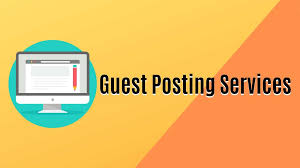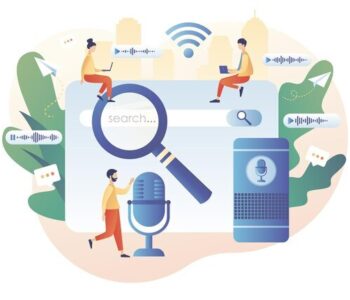Getting Started with Website Development: A Beginner’s Roadmap
In today’s digital world, having a website is almost as important as having a phone number or an email address. Whether you’re starting a business, building a personal portfolio, or simply exploring a new hobby, learning website development is a valuable skill that opens up many opportunities.
If you’re new to the world of website development, this roadmap is designed to guide you step-by-step through the process — from understanding the basics to launching your first website.
Step 1: Understand How the Web Works
Before diving into code, it’s important to understand how the web functions. Every website you visit is stored on a server and accessed through a browser. When a user types a web address (like www.Hostcraft.com), their browser sends a request to a server, which then responds with the files that make up the site.
These files include:
-
HTML (Hyper Text Markup Language) – the structure of the page
-
CSS (Cascading Style Sheets) – the design and layout
-
JavaScript – the interactivity and functionality
Understanding how these parts work together is the foundation of web development.
Step 2: Learn the Core Technologies
Every web developer needs to start with the “big three”:
1. HTML (Structure)
HTML is the backbone of every website. It defines the content and layout of the web pages. Think of it as the skeleton of your site.
Basic things to learn:
-
HTML tags and elements
-
Lists, tables, images, links
-
Forms and input types
2. CSS (Design)
CSS styles the HTML. It controls how your website looks — fonts, colors, spacing, and layout.
Key concepts:
-
Selectors and properties
-
Box model
-
Flexbox and Grid layout systems
-
Media queries for responsive design
3. JavaScript (Behavior)
JavaScript brings your website to life with interactivity. From dropdown menus to form validation and dynamic content, JS is essential.
Start with:
-
Variables and data types
-
Functions and events
-
DOM manipulation
-
Loops and conditionals
Step 3: Set Up Your Development Environment
To build websites, you’ll need a few tools:
-
Code Editor – VS Code is one of the most popular editors for web development.
-
Web Browser – Chrome or Firefox with developer tools.
-
Local Server (Optional) – Tools like Live Server (a VS Code extension) help you preview your website as you code.
As you progress, you might also learn version control with Git and platforms like GitHub to manage your projects and collaborate with others.
Step 4: Build Simple Projects
The best way to learn is by doing. Start small:
-
A personal portfolio website
-
A to-do list app
-
A landing page for a fictional product
These projects help you practice structuring HTML, styling with CSS, and adding functionality with JavaScript.
Step 5: Explore Advanced Topicsweb developmen
Once you’re comfortable with the basics, expand your knowledge:
-
Responsive Design – Make your site look good on all screen sizes.
-
Frameworks – Learn tools like Bootstrap (for CSS) or React.js (for JavaScript).
-
APIs – Fetch data from external sources using REST APIs or JSON.
-
Backend Development – Learn about databases and server-side programming with tools like Node.js, Express, or PHP.
Step 6: Deploy Your Website
After building your website, it’s time to share it with the world. You can deploy your website using:
-
GitHub Pages (free for static sites)
-
Netlify or Vercel (easy for front-end projects)
-
Hosting services like 777Hosting for full websites
Get a domain name and link it to your hosting provider to make your site look professional.
Conclusion
Website development may seem overwhelming at first, but if you take it step-by-step, it becomes much more manageable. Focus on mastering the basics, build small projects, and slowly add more tools to your toolkit.
Remember: every expert developer was once a beginner. Stay curious, keep coding, and don’t be afraid to ask for help. The web is a vast and exciting place — and now, you’re on your way to becoming a creator in it.








